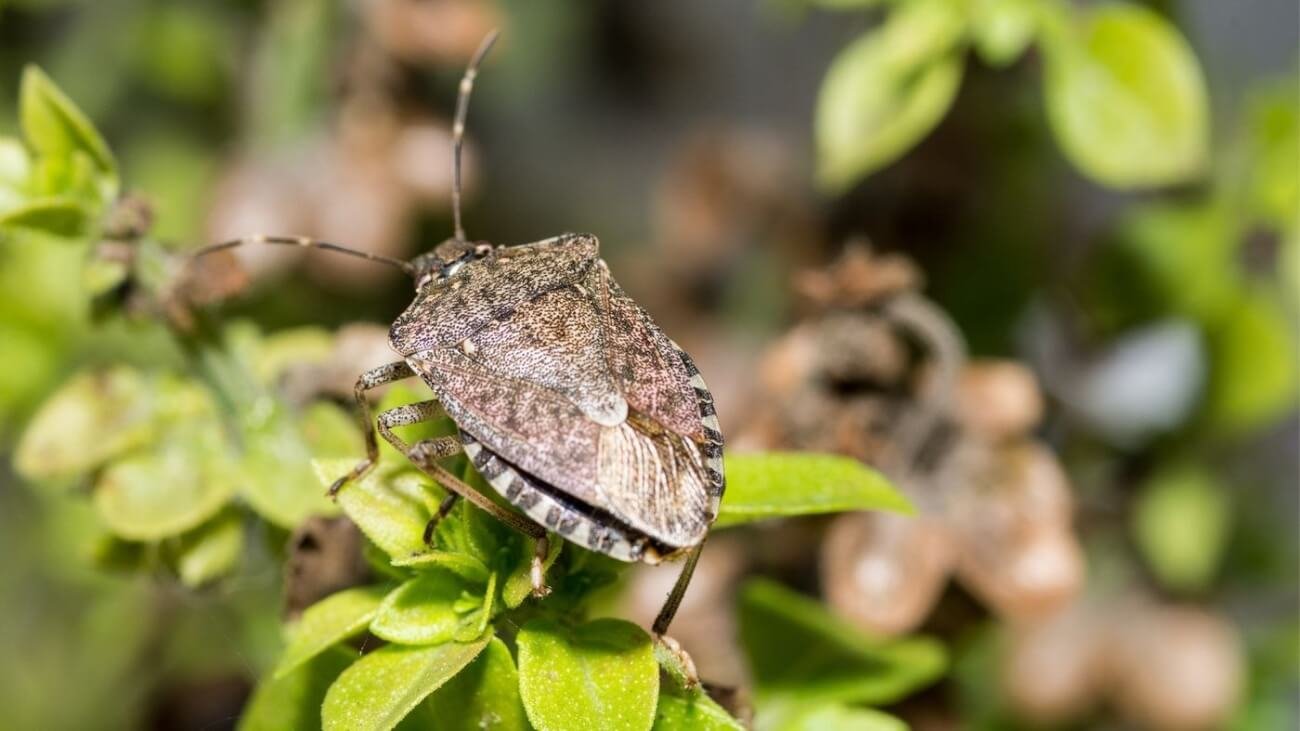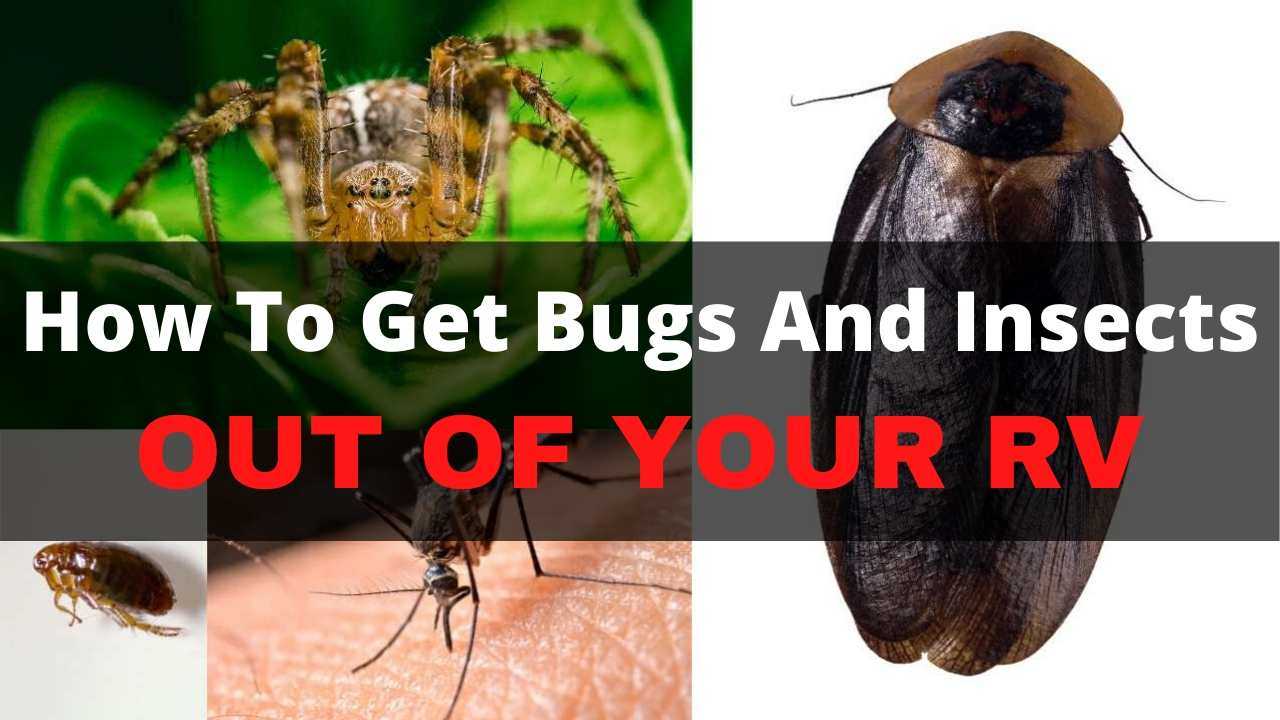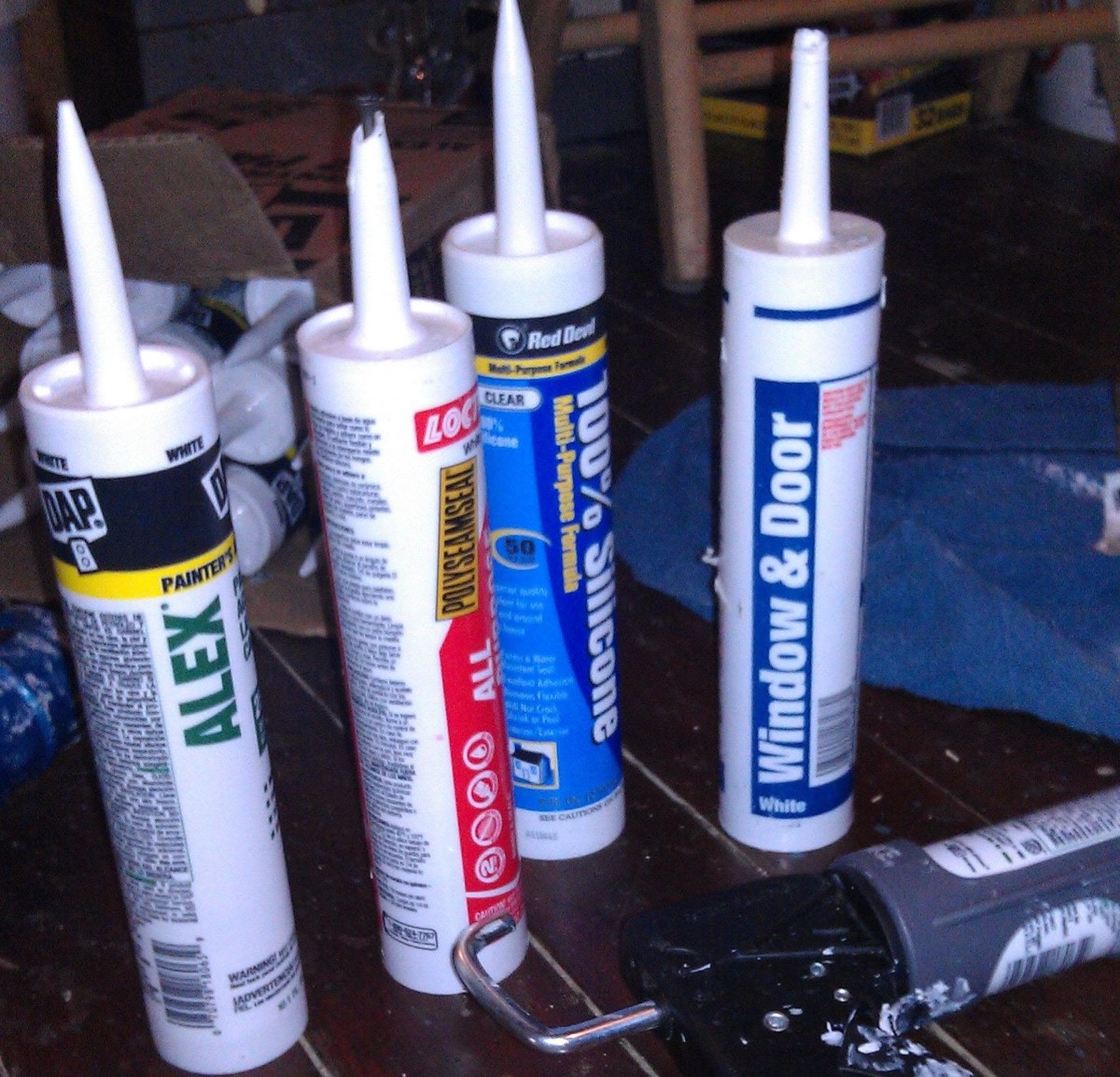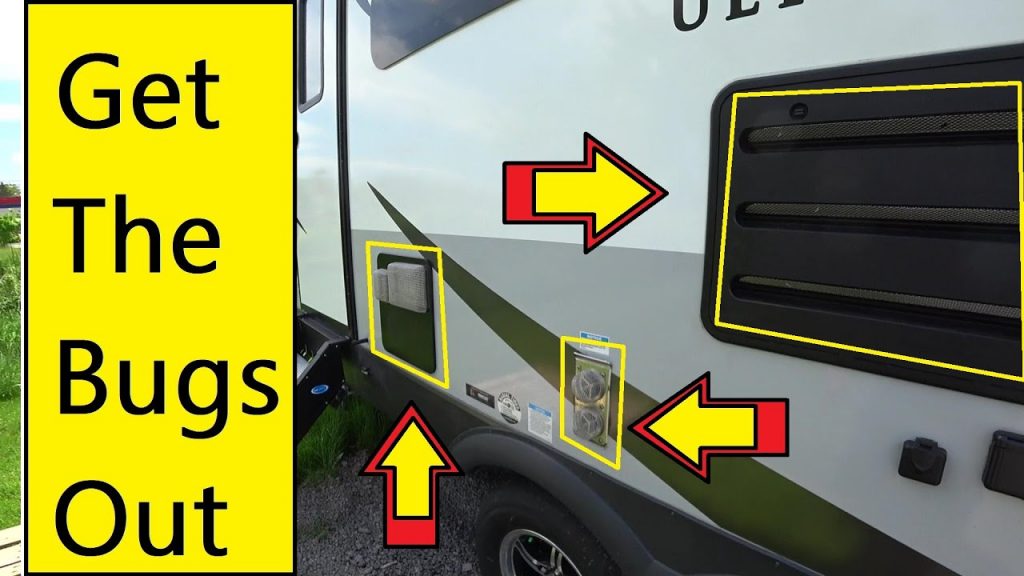As an RV owner, keeping bugs out of my home away from home is a priority. So, I’m always looking for the best ways to seal my RV from bugs. In this article, I’m going to explore the most effective methods to keep insects from getting in and making themselves at home. I’ll also discuss how to deal with insect infestations and the best prevention measures to keep my RV bug-free.
What Kinds of Bugs can Infest an RV?

RVs can be a great way to travel, but they can also be a target for some unwelcome guests – bugs! It is important to take steps to protect your RV from these pests, as they can cause damage and spread disease. Here are some of the most common types of bugs that can infest an RV:
- Cockroaches – these nocturnal pests can be found in dark, damp places, and they can easily enter an RV through tiny cracks and crevices. They are especially attracted to food and water sources, so it is important to keep your RV clean and dry to reduce the chances of an infestation.
- Bed bugs – these small, oval-shaped insects feed on the blood of mammals and can be found in mattresses, bedding, and furniture. If you suspect bed bugs in your RV, it is important to contact a pest control professional as soon as possible.
- Ants – ants tend to enter RVs through open doors and windows. They are attracted to food and water sources, so it is important to store food items securely and keep the kitchen area clean.
- Spiders – spiders can enter an RV through open doors and windows and can hide in dark corners and crevices. They are not typically dangerous, but they can be a nuisance. It is important to check for webs and remove any spiders that you find.
- Moths – moths can be found in cupboards, closets, and other areas where they can find food. They are attracted to clothes and fabrics, so it is important to keep your RV clean and dry to reduce the chances of an infestation.
- Fleas – fleas can enter an RV through windows, doors, and air vents. They are attracted to pets and can cause an uncomfortable bite. It is important to keep your RV clean and to vacuum regularly to reduce the chances of an infestation.
By taking some simple steps to seal your RV from bugs, you can help ensure that your travels are as enjoyable and comfortable as possible.
How Do Bugs Get Into an RV?

Bugs can enter an RV in a variety of ways. The most common entry points are through small openings, such as cracks in the windows or doors, or through vents. Bugs can also get in through open windows and doors, or by hitching a ride on a person or pet that has been outside. They may also be brought in on items that have been stored outdoors, such as firewood or camping gear.
To effectively seal your RV from bugs, it is important to check for and repair any cracks or holes in the windows, doors, and vents. Windows and doors should be kept closed when not in use, and vents should be equipped with screens to prevent bugs from entering. Additionally, it is important to inspect any items that have been stored outside and to make sure they are bug-free before bringing them into the RV.
As an RV owner, it’s important to take preventative measures to keep bugs out of your vehicle. Here are some strategies to help seal your RV from bugs.
Seal Cracks and Gaps

A good way to keep bugs out of your RV is to seal cracks and gaps. Inspect the exterior of your RV and seal any openings with caulk or weather stripping. Be sure to check around windows, doors, and vents.
Keep Your RV Clean

Regularly cleaning your RV is an effective way to deter bugs. Vacuum and mop the interior of your RV and use an outdoor hose and cleaning solution to clean the exterior. This will help eliminate any food sources and scents that may attract bugs.
Use Natural Repellents

Using natural repellents like herbs and essential oils can help keep bugs away from your RV. Place these items around the exterior and interior of your RV to help deter bugs.
Check for Signs of Infestation Regularly

It’s important to check for signs of bug infestation regularly. Inspect the exterior and interior of your RV for signs of ants, cockroaches, and other pests. If you notice any signs of an infestation, contact a pest control professional immediately.
I start my battle against bugs in my RV by vacuuming and washing all infested areas. I use a vacuum cleaner with a long, narrow hose attachment to suck up any visible bugs, spider webs, and spider eggs. Then, I wash down the walls, furniture, and floors with a mixture of warm water and dish soap. I make sure to pay attention to any dark, damp crevices where bugs can hide. This helps to eliminate existing bugs and eggs and prevents future infestations.
2 Use Insecticides and Traps
Insecticides and traps can be used to help seal your RV from bugs. Insecticides come in various forms such as sprays, baits, and granules. Spray insecticides should be applied both inside and outside of the RV. Baits can be used in areas where it is difficult to spray insecticides. Granules can be spread around the perimeter of your RV and other areas of the campsite.
Traps can also be used to catch bugs. The most popular types of traps are sticky traps, pheromone traps, and light traps. Sticky traps are coated with a sticky substance that traps insects when they land on it. Pheromone traps use pheromones to attract certain types of insects. Light traps use light to attract bugs and then trap them.
Both insecticides and traps can be effective in preventing bugs from entering your RV. Make sure to follow the instructions on the label of the product before using it. It is also important to monitor the area regularly for any signs of bug activity.
Professional Pest Control
For those with the means and the inclination, engaging in professional pest control services can help seal your RV from bugs, as well as any other pests you may be dealing with. The process typically involves an initial inspection, where the pest control professionals identify the pest problem and any conducive conditions that may be present. They will then design a customized treatment plan specific to your RV, which may include the application of chemical or non-chemical treatments. Afterwards, they will continue to monitor the situation and apply new treatments as needed. This is an especially efficient method if you are dealing with recurring pest issues, as the pest control specialists will be able to quickly identify and address the problem.
Frequently Asked Questions
What are some of the best ways to seal an RV from bugs?
Install door sweeps or weatherstrip along all exterior doors to close any gaps. Cover vents with mesh screens and seal cracks around windows, doors and other openings with caulk. Repair or replace torn window and door screens. Make sure the RV is free of any food debris and keep food stored in airtight containers. Place sticky traps around the RV to monitor and reduce insect populations. Install door and window awnings to shade the RV and reduce the temperature inside.
How can I make sure my RV is bug-proof?
To keep bugs out of your RV, start by sealing all cracks and crevices on the outside of the RV. Use caulk or expanding foam to fill in any gaps, and make sure to also cover roof vents, windows, door frames, and other openings. You can also install mesh screens over windows and doors to prevent bugs from entering. Additionally, clear away any debris around the RV and keep the area free of standing water, as this is a common breeding ground for insects. Finally, remove any firewood, grass, or other organic material stored near the RV, since these are also attractive to bugs.
What are some steps I can take to keep bugs out of my camper?
Ensure all windows and doors are sealed tightly to prevent bugs entering. Install weather stripping around windows and doors, and use door sweeps to keep bugs out. Check for gaps and cracks in the walls and floors of the camper and fill any with a sealant. Install screens on windows and doors and keep them closed when not in use. Use a bug zapper or insecticide to keep bugs away from the camper. Vacuum regularly to keep bugs from entering the camper.
How can I prevent insects from entering my RV?
To prevent insects from entering your RV, ensure any openings, such as windows, vents, and door frames are sealed with weather stripping. Install door sweeps on all doors to create a tighter seal. Use a silicone-based caulk to fill in any cracks and crevices around the RV. Place mesh screens over windows and vents to keep out flying insects. Keep doors and windows closed as much as possible. Clean regularly to remove any food crumbs or debris that might attract insects. Lastly, avoid leaving food or drinks exposed, as this can attract pests.
How can I keep bugs from getting into my RV?
Using caulk or sealant, seal any gaps or cracks in the walls, floors, and windows of the RV. Replace any missing or damaged window and door screens. Use mesh screens for the air vents and exhaust fan. To minimize the chances of bugs entering, keep all vents and doors closed when possible. Use door sweeps for all doors and use insect repellent and insect traps to keep bugs away.
Conclusion
No one likes to find unwelcome guests in their RV, and bugs are certainly the most unwelcome of all. Taking preventative measures to keep bugs out of your home away from home is the best way to make sure your RV stays bug-free. Start by checking for any openings that need to be sealed and then use caulk or screen material to plug them. Additionally, use insect repellents, keep your RV clean, and remove any standing water to help prevent bugs from entering your RV. With these tips, you should be able to keep your RV bug-free and enjoy your travels.






